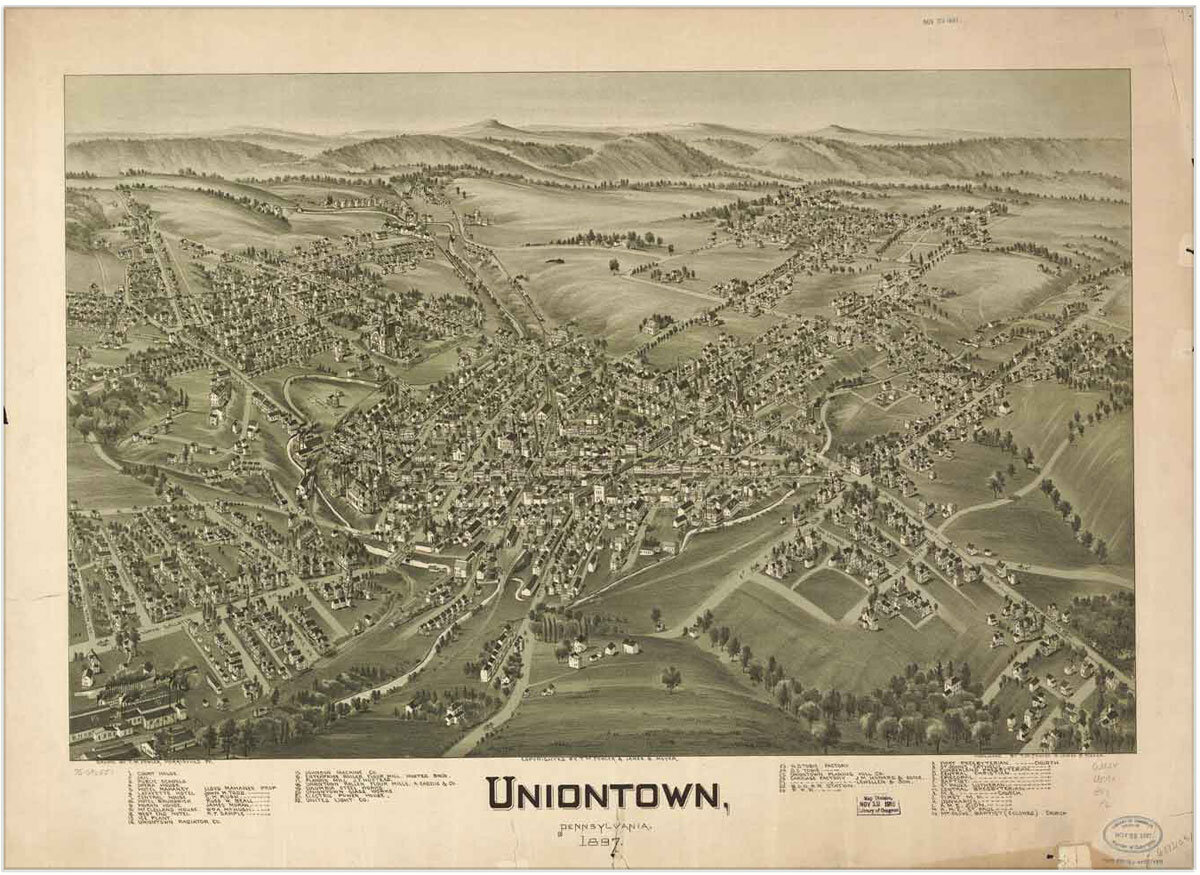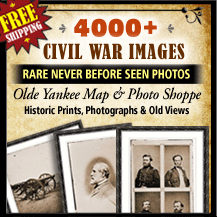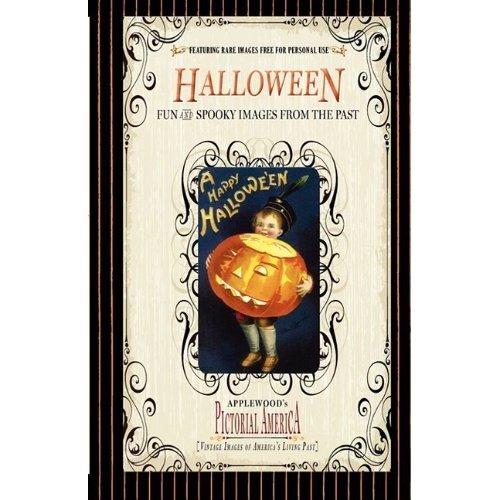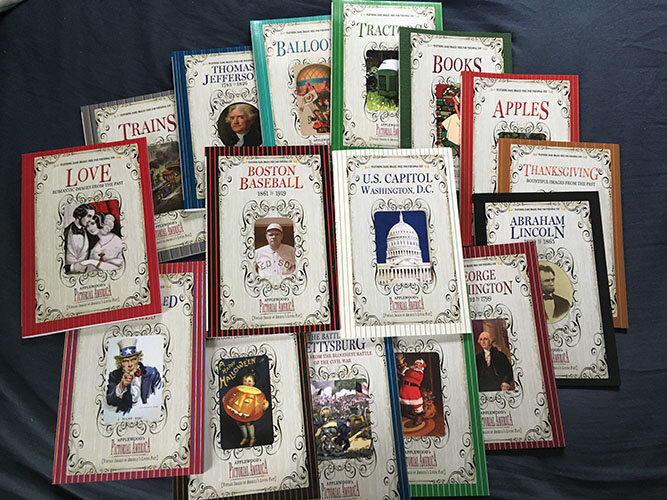History of the Company
Historian Michael J. Simpson has written an article On Nostalgia describing the role Snapshots of the Past has played in the growing demand for nostalgic material on the Internet. Below are excerpts of an interview with the Snapshots of the Past founder James Lantos.
Q: Why did you decide to start Snapshots of the Past?
Pittsburgh, Pennsylvania c. 1902 Panoramic Map
A: Snapshots of the Past was founded in May 2001 in Pittsburgh. We were one of the first companies to make available rare works from the Library of Congress as fine art, reproduction prints. We are here today as a result of the efforts of hundreds of hardworking people over the past 19 years, in addition to the efforts of the Library of Congress and the National Digital Library project which began around 1990. The original images were formerly held for over 100 years on the shelves of the Library of Congress, accessible only to librarians, researchers, and visitors with special permission.
In 2000, a year before I founded the business, I began working on a genealogy project. I had been a programmer in the previous decade and had an interest in art and history. My technical skills helped with the genealogical project, which became digital in nature, and later helped with the founding of the business.
Q: How did your genealogical pursuits lead you to start an historic print business?
A: My interest in family history arose from the fact that I had spent some of my youth in Johnstown, a small city in Southwest Pennsylvania. My ancestors came to the region in the early 1900s. As I began to look back at my family’s history, I spent a lot of time roaming the back roads of Western Pennsylvania, Northern West Virginia and Eastern Ohio. I saw many towns that had once thrived at the end of the 19th century but which had since gone into decline. When you drive through Monongahela or Braddock, this is evident. You can see it in the town’s main streets where many shops are shuttered. Johnstown has a similar look to it. Once the fourth largest city in Pennsylvania, and at one time in the late 1800s a leader in global steel production, it began to decline after World War II when domestic steel began to be overrun by foreign competition.
I traveled from Erie down to Morgantown, West Virginia where I had gone to camp in my youth. I visited libraries, courthouses, and cemeteries to find information about relatives. I took pictures, found obituaries, gravestones and articles, and I copied, scanned, and photographed everything and put it all onto a CD. This was my first foray into digital archiving and historical research.
Uniontown, Pennsylvania c. 1897 Panoramic Map
Around the same time, someone who knew of my historical interests pointed me towards Ebay. There, I discovered an old map of Uniontown, Pennsylvania, located in Fayette County, a place in Southwest Pennsylvania where some of my relatives had lived.
Once a prosperous industrial town, Uniontown is located in one of the poorest counties in Pennsylvania, 40 miles south of Pittsburgh. I did some digging on the town and learned a few historical notes of intrigue:
Uniontown was located at the western perimeter of the original 13 colonies on the far west side of the Allegheny Mountains—a formerly impenetrable barrier that defined the "Far West" in the Colonial era.
George Washington slept near here on one of his first trips to the area serving as an emissary to the British on their way to what is now Pittsburgh.
He fought a battle (and lost) at nearby Fort Necessity on his return.
The city lies along US 40, the old "National Road," America's first superhighway. Built in the early 1800s, the road was traversed by countless numbers of Conestoga Wagons for almost 50 years prior to the arrival of the railroads in the 1850s.
The famous Frank Lloyd Wright mountain home "Fallingwater" is located nearby.
But the main reason I was interested in this map related specifically to my family history. This was the town where my father's parents met, working in a drugstore together in the 1920s. Because of this, I decided to purchase it.
When it arrived, I realized that it was not a cartographic map, per se, but an artist’s hand-drawn, bird's-eye-view of the town, ca. early 1900s, reproduced beautifully on canvas. The details were as crisp as an original and it looked similar to a famous Currier and Ives print of New York I had seen before. I immediately became curious about where it came from. It was this curiosity that was the tipping point that set me on the path to founding Snapshots of the Past.
What I learned is that the print was created from a high resolution scanned image from a broader collection of over 4,000 "panoramic maps" and photographic panoramas held at the Library of Congress. I learned there were a group of panoramic artists roaming the country in the late 1800s producing these hand drawn “views” of towns to promote civic pride, small businesses, new development, etc.
I also learned this collection was in turn part of a larger collection of millions of pieces of art, photographs and other ephemera that the Library had begun scanning a decade earlier as part of a national preservation project intended to make the archival works more visible to the public.
It was around that time I came across an article in the Washington Post which stated: "Vintage maps from second-hand stores, estate sales, flea markets and Web dealers are being hung everywhere, from nurseries to bachelor pads to the living rooms of Washington's establishmentarians."
In the summer of 2001, I began acquiring digital copies of the entire panoramic image collection. I then set about learning the technical aspects of a relatively new artistic process--involving the creation of archival, reproduction prints using modern digital printing technologies. I felt inspired about wanting to make these images available to others as I felt they would make wonderful art which people could use for research or just to enjoy in their homes. I was particularly interested in sharing prints with fellow history-minded Pittsburghers as many people in this area are familiar with the towns in surrounding Western Pennsylvania. In fact, there is a great sense of pride that arises from these old maps and how they are able to convey what bygone era towns looked like in their heyday.
Q: Do you consider yourself an historian of this era or of these works?
A: I'm not an historian by training but I have become one through the study of these images the past two decades. Following my panoramic inquiries, I spent over a decade acquiring copies of other major collections from the Library of Congress. Civil War. Stereoviews. Theater posters. Early Newswire photos. My inquiry led me to study and sort through over 100,000 images from some of the Library's most popular collections.
Malcom Gladwell, in the bestselling 2008 book "Outliers", coined a theory called “the 10,000-hour rule”. It states this is the necessary amount of time one needs to achieve "world class expertise in any skill." He mentions Bill Gates put this much time into programming an early computer he had access to in 1968 at the age of 13. And that the Beatles did over 1,200 shows in Hamburg, Germany, in the early 1960s, putting in their 10K before they returned to England to become global superstars.
If I had to estimate the number of hours I've put in studying and working with these archival images, in mastering the art of digital and archival print making, and in creating and in running this business, I'd guess that number to be about 20,000.
This organization has always been self-financed and we are grateful to the efforts of many individuals who have worked often for little or no pay in keeping this enterprise running due to their love of history. Dozens of programmers, writers, researchers, graphic designers, web developers, freelance salespeople, historians, publishers, college bookstore owners, galleries, set directors, interior designers, printers and others have contributed to the effort. We are also incredibly grateful to the Library of Congress for their efforts in curating, researching, and preparing these images for public display and use.
Q: If these images are already available for free at the Library of Congress, what is the purpose of building this website?
A: The Library of Congress website is a world-class research facility for scholars and genealogists. It is one of the largest libraries in the world and has one of the most heavily trafficked sites on the Internet. But when you are looking at an image of a photograph or a piece of historical artwork on the Library's website they do not give you easy choices on how to order a museum quality, archival reproduction print, for example, to enjoy in your home or office.
Previously, on our site you could purchase an archival reproduction of Library of Congress images made with archival papers and pigmented inks—the same kinds used by leading museums and artists who sell reprints of their own works.
But we aren’t just doing print making. We are also doing other things to extend the archiving and cataloging work of the Library of Congress further.
In 2009, we began collaborating with a local company in the Boston area, Applewood Books (www.awb.com), a 40-year-old niche publisher of out-of-print books. Applewood wanted to publish picture books based on the Library's image collection. But they wanted the books to follow specific themes. So we started looking at themes of interest in the vast collections we acquired and began organizing images into subcategories following a generalized classification system.
As we are from Boston, we decided to prepare our first book around a locally popular subject and called it Boston Baseball. The collection of images we chose consists of a range of different kinds of material, including photographs, baseball cards, advertisements, artwork, and ephemera.
Following this, we spent several years hand-categorizing large numbers of images into hundreds of different categories. Snapshots will make these images available in online galleries free to the public over the next several years. The first 16 of these categories have been published by Applewood are available on Amazon and will be displayed on this site.
Q: How has the business been going?
A: Snapshots began selling prints on the Internet in 2001, then sold for several years to a range of brick-and-mortar wholesale customers including the National Park Service, The New York Public Library, Cracker Barrel Old Country Store, hundreds of gift and bookstores, TV and film set directors, designers, and others. For 10 years we also sold prints through our store on Amazon.
For over a decade our material has been available at national landmark sites such as the Lincoln Memorial. We were selected as one of the print vendors evaluated for the White House redecoration effort (led by Michelle Obama) after President Obama’s first election victory. We’ve sold a print to the president of Panama and to the mayor of Miami Beach. We have sold to tens of thousands history enthusiasts and nostalgically minded folks including: professionals, schools, museums, libraries, college students, historians, reporters, writers and genealogy researchers. We’ve even sold to a customer in Greenland. In general, we've sold to a lot of people who just want to decorate their homes, apartments or offices with a bit of history.
Q: What does the Library of Congress think of what you are doing?
A: Snapshots of the Past was granted approval as a certified third party vendor of prints by the Library of Congress. Prior to building the site, we operated under several other brand names including: the Olde Yankee Map and Photo Shoppe and Library Images. Snapshots was formerly one of the largest sellers of historical artwork and photography on Amazon, where it listed over 1 million works for sale.
Q: What do you see in the future for Snapshots of the Past?
A: One of our lasting goals has been to build on the LOC’s extensive digitization project in order to create a broadly categorized, searchable and free gallery of American history. We also wish to create a site where anyone can purchase beautiful, museum-quality prints. A long term goal is to create an online community focused around the images in order to satisfy the large and growing public interest in historical information and imagery on the Internet. As of February 2023, our Facebook page has over 26,000 followers. It is growing at a rate of 1,000 new followers every 1-2 weeks.
We welcome feedback and input on any of the images displayed here and invite visitors to leave comments or questions. To date, we have received a large number of comments relating to many images on this site, which you can read about in the "Testimonials" section. Many people have written about images they have found of long-lost relatives, family members who fought in the Civil War, etc.
These images have been a rich and unique source of learning, and I continue to be fascinated by them. My hope is that by building this site the images shown here will help to serve others as an endless source of learning and will remain a valuable tool for public inquiry for years to come.
American Memory Project at the Library of Congress





















